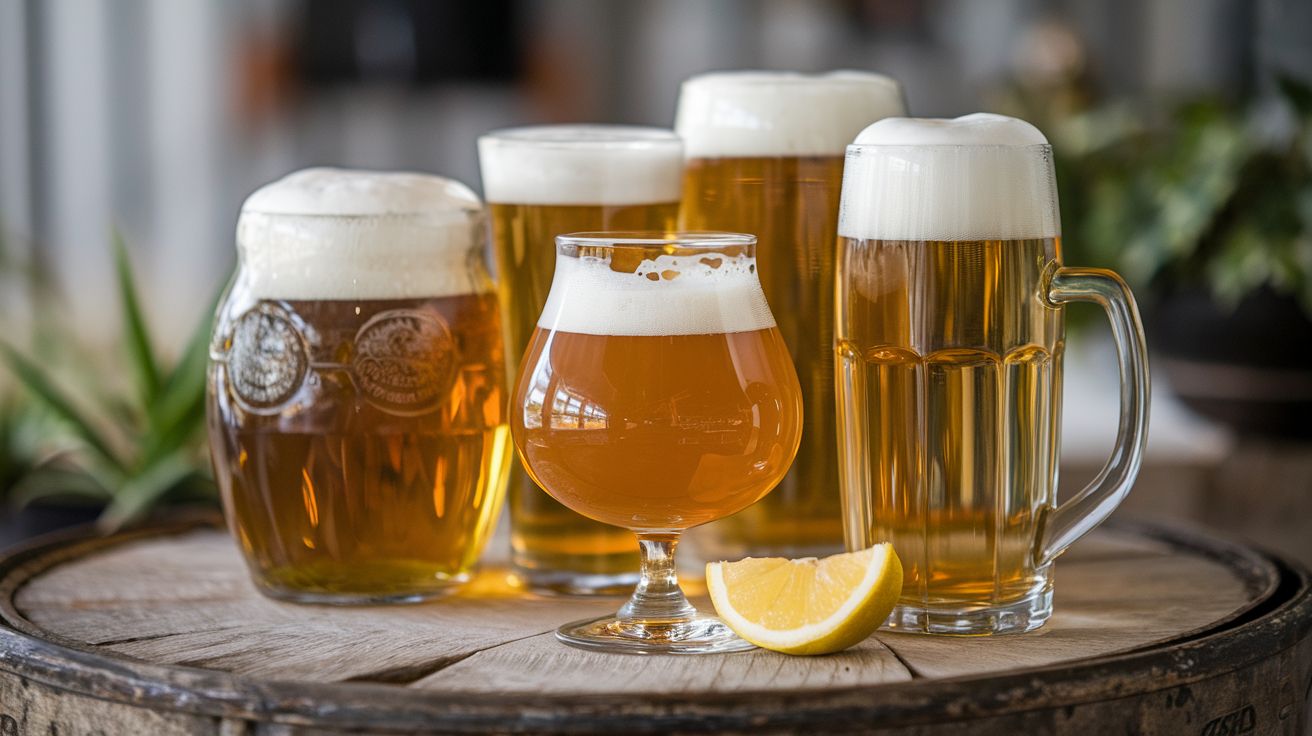Follow us on Google News (click on ☆)

In his study, recently published on arXiv, Pellegrini analyzed the most popular glass designs to determine which one best preserves the beer's freshness. His work focuses solely on the shape of the glass, without taking into account the materials or the interactions with the hand.
To develop his model, Pellegrini standardized elements such as the height, diameter, and the base-to-top ratio of the glass. He also conceived an insulated bottom to prevent heat from entering through the base, thus limiting thermal losses. This simplification allowed him to focus on the impact of the shape.
The glasses studied by Pellegrini all have a smooth curve around a vertical axis. The ideal model according to him is a glass that widens gradually as you get to the top. This design resembles pilsner glasses, well known by beer enthusiasts for their slender shape and narrow base.
The study also revealed an expected result: a narrower glass retains the beer's freshness better by slowing down heat transfer to the ambient air. However, Pellegrini humorously notes that a tiny glass, designed for rapid consumption, would be the most thermally effective, albeit lacking the aesthetics and enjoyment associated with savoring a beer.

Comparison of optimal glasses: Brazilian tulip (left), imperial pint (center), American pint (right).
Credit: arXiv (2024)
Beyond his calculations, Pellegrini emphasizes that the size of a glass must also balance thermal efficiency with enjoyment. For him, a glass that's too small, consumed in just a few sips, reduces the pleasure of leisurely enjoying a beer, an essential factor in appreciating its aromas.
Thus, the shape of a beer glass can play a major role in preserving the beverage's temperature. The Brazilian tulip, the American pint, and the imperial pint were among the best designs tested, showing optimal performance for slow consumption.
These findings provide a fresh perspective on glass design choices, which could influence future glasses produced for beer drinkers seeking to keep their brews as cool as possible. A potential innovation likely to appeal to everyone wanting to optimize every sip of their favorite drink.